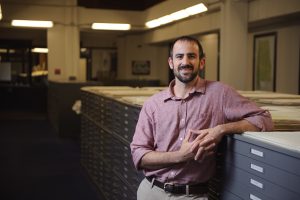
Researchers at The University of Alabama are bringing together their expertise in geography, modeling and criminal activity to better understand how enforcement activity influences drug trafficking in Central America.
The project is one of nine recently funded by the National Science Foundation to advance the scientific understanding of how such illicit supply networks function – and how to dismantle them.
The new awards support research that combine engineering with computer, physical and social sciences to address a danger that poses significant consequences for national and international security. Nimble and technologically sophisticated networks traffic in contraband that includes people, illegal weapons, drugs, looted antiquities and exotic animal products.
Unencumbered by national boundaries, they funnel illicit profits to criminal organizations and fuel transnational and terrorist organizations.
Government agencies and law enforcement are primarily concerned with forward-looking strategic readiness and operational efficiency, said Dr. Nicholas R. Magliocca, UA assistant professor of geography and lead investigator for UA.
“Academic research can ask larger questions about current drug policy, for example, and how current drug policy plays out differently across different geographical spaces,” he said. “It can also bring a diversity of methodological approaches and perspectives to investigate the operations of illicit supply networks, which is necessary given the incomplete knowledge and data we have about such activities.”
Researchers will use unclassified data sources that describe the volume and timing of cocaine flows throughout the Central American transit zones. The trafficking routes are not mapped or known, but many government, military and academic institutions have tried to infer route locations based on circumstantial evidence, Magliocca said.
Learn more about the NSF project by reading the full article on the UA news site.